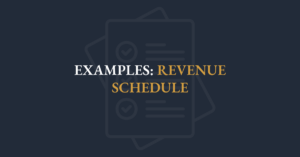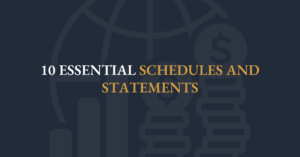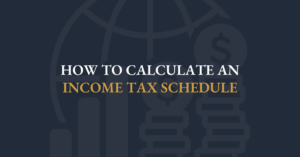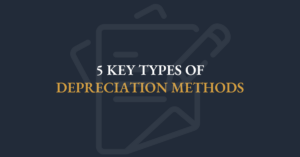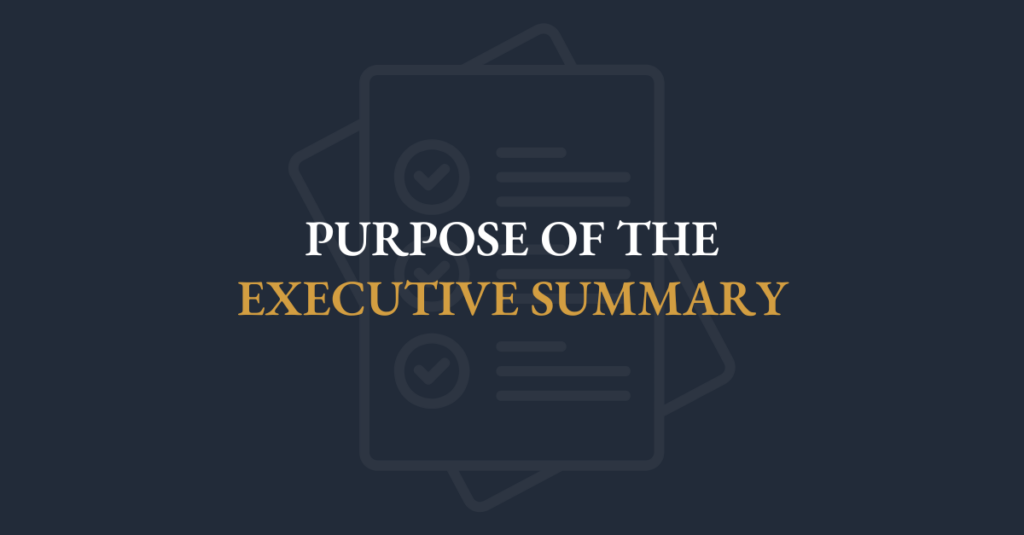
When someone opens your model, the first thing they want to know is, “What is the answer?” The executive summary is your opportunity to present your findings clearly and succinctly. Every financial model should include an executive summary. It should be tailored to your audience and reflect the unique aspects of the project, industry, or decision-making scenario the model supports.
The executive summary can include components such as:
- Financial Highlights
- Scenario Analysis
- Visual Elements
- Key Performance Indicators
Financial Highlights
Revenue, EBITDA, cash flow metrics, margins, and growth rates.
Scenario Analysis
A comparative overview of the outcomes under different scenarios (e.g. best, base, worst) to account for uncertainty in key variables within the model.
Visual Elements
Tables, charts, and graphs that improve comprehension and highlight trends or key data points.
Key Performance Indicators (KPIs)
Including KPIs makes the executive summary more comprehensive and insightful by providing a snapshot of financial performance and strategic alignment.







